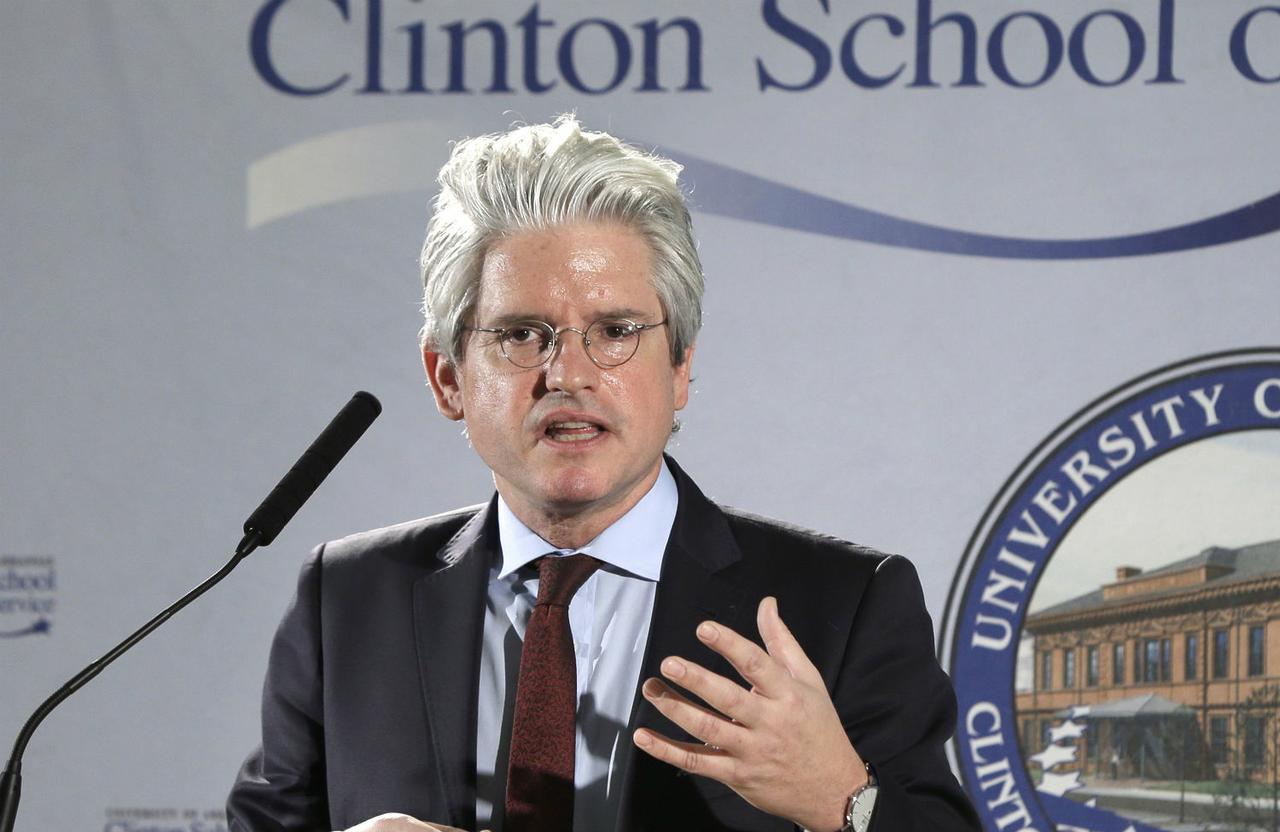State Department Neuters Trump EO Barring Immigrant Workers As H-1B Visa Malarkey Continues
Tyler Durden
Thu, 08/13/2020 – 18:55
On June 22, President Trump issued an Executive Order barring nearly all visa workers – a move he said would open up 525,000 American jobs.
And here is @POTUS’s Executive Order today. It will preserve about 525,000 jobs for Americans during the remainder of 2020. This is an #AmericaFirst policy… really it is putting AMERICANS First! https://t.co/JkxnV4jZMd
— Acting Deputy Secretary Ken Cuccinelli (@HomelandKen) June 22, 2020
Unsurprisingly, the #resistance found a way to neuter Trump’s order – and it didn’t even take a Democrat-appointed judge!
According to immigration attorney Charles Kuck, the State Department made an “extraordinary change in policy” on June 12 which completely undermines Trump’s Executive Order – and translates to “no significant ban in place for nonimmigrant visa holders.”
The new provisions are broad enough, if well argued, to essentially incorporate ANY job in America. The reality is, with these “exceptions” in place, there is no significant ban in place for nonimmigrant visa holders.
— Charles Kuck (@ckuck) August 12, 2020
Another immigration lawyer, John Miano of the Immigration Reform Law Institute, told Breitbart “They have totally eviscerated the requirements” of the executive order. “There is no doubt about it — whoever created this is thumbing their noses at President Trump.“
“You can bet that the guys who did this are voting for [Joe] Biden,” he added.
Kevin Lynn, founder of US Tech Workers said “This is an insult to the President of the United States, it is an insult to working men and women of the United States.”
Via Breitbart:
There are less than 90 days to go in the election. How can he persuade Americans he’s keeping any of this 2016 promises if he allows the State Department to nullify and gut the E.O. he signed to protect Americans from [outsourcing by Fortune 500 companies]? More than that — I think it is beginning to make Trump look stupid in front of the voters. He needs to call in Pompeo and talk to him about his job prospects because [Secretary of State Mike] Pompeo does not seem to give a hoot about Americans’ job prospects.
Lynn met with Trump on August 3, along with several employees of the Tennessee Valley Authority, where the president told them he would block three staffing companies from outsourcing their jobs to H-1B workers.
“It doesn’t work that way. As we speak, we’re finalizing H1-B regulations so that no American worker is replaced ever again. H1-Bs should be used for top, highly paid talent to create American jobs, not as inexpensive labor program to destroy American jobs.” he said.
And according to pro-immigration attorney Greg Siskind, the exemptions are “expansive.”
More on the State Department’s ‘alterations’ to policy (via Breitbart):
The document says Trump’s directions:
… include exceptions, including an exception for individuals whose travel would be in the national interest, as determined by the Secretary of State, the Secretary of Homeland Security, or their respective designees. The list below is a non-exclusive list of the types of travel that may be considered to be in the national interest, based on determinations made by the Assistant Secretary of State for Consular Affairs, exercising the authority delegated to him by the Secretary of State.
Pompeo is the Secretary of State. Carl Risch is the Assistant Secretary of State for Consular Affairs.
The list of exemptions is very wide:
Travel by technical specialists, senior level managers, and other workers whose travel is necessary to facilitate the immediate and continued economic recovery of the United States … The petitioning employer has a continued need for the services or labor to be performed by the H-1B nonimmigrant in the United States.
Miano is an expert on visa worker laws and studied the long list of exemptions:
The first one on the list is what they needed to do to get the visas in the first place … Number 2, any of them can do that, no problem … Number 3 is totally meaningless — anyone can do that … ‘Financial Hardship’ for an employer is so loosey goosy that anyone can meet that … ‘Critical Infrastructure’ is basically anything.
Lynn was less formal;
This is effing b….. Who the f… came up with these exceptions? … You can drive a Mack truck through this …. The exemptions basically cover anyone on an H-IB or a J-1 or an L-1 …. Boom! They’re in … with all the exemptions, there is no EO — they’ve eliminated the EO through the exemptions.”
One of the most notable exemptions are for visa workers who have jobs at government agencies, usually via Indian-run staffing companies:
… individuals, identified by the Department of Defense or another U.S. government agency, performing research, providing IT support/services, or engaging other similar projects essential to a U.S. government agency.
The document also provides exemptions to foreign workers who have taken jobs from Americans in “critical infrastructure,” such as the TVA jobs blocked by Trump:
The applicant’s proposed job duties or position within the petitioning company indicate the individual will provide significant and unique contributions to an employer meeting a critical infrastructure need. Critical infrastructure sectors are chemical, communications, dams, defense industrial base, emergency services, energy, financial services, food and agriculture, government facilities, healthcare and public health, information technology, nuclear reactors, transportation, and water systems.
“The people who are doing this are ignoring the president,” said Miano. “I can only guess at their motivations, but we can say it is Deep State acting independently.”
“In a close election, with time running out, with [2016] expectations not met … Trump needs things to go smoothly from now till November, and this list clearly he has people in the State Department sabotaging him,” said Miano.
* * *
According to Lynn, “When word of this gets out to the public that every E.O. he writes is not worth the paper it is written on,” adding “Because through exceptions, they become get nullified by the Deep State, he loses the voters’ trust and confidence.”
“What good is a State Department that becomes the tool of corporations that want to displace Americans, when tens of millions of Americans are under extreme financial duress?”
via ZeroHedge News https://ift.tt/3iIc0Dd Tyler Durden





